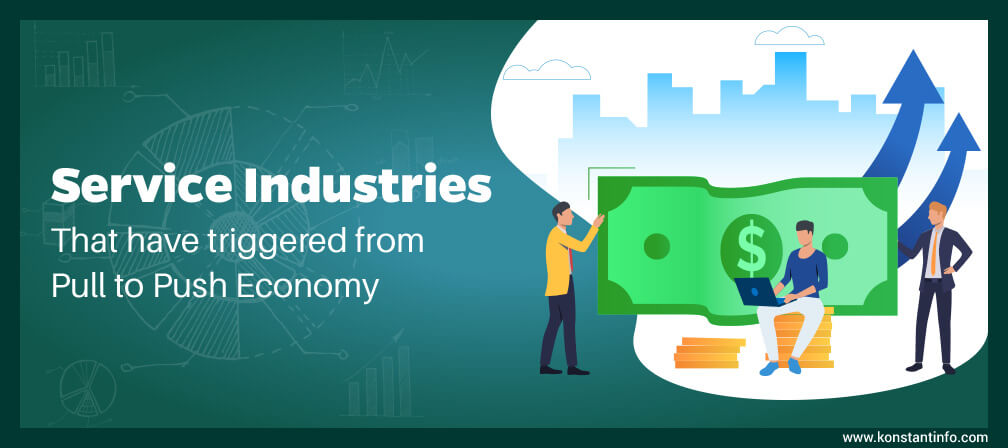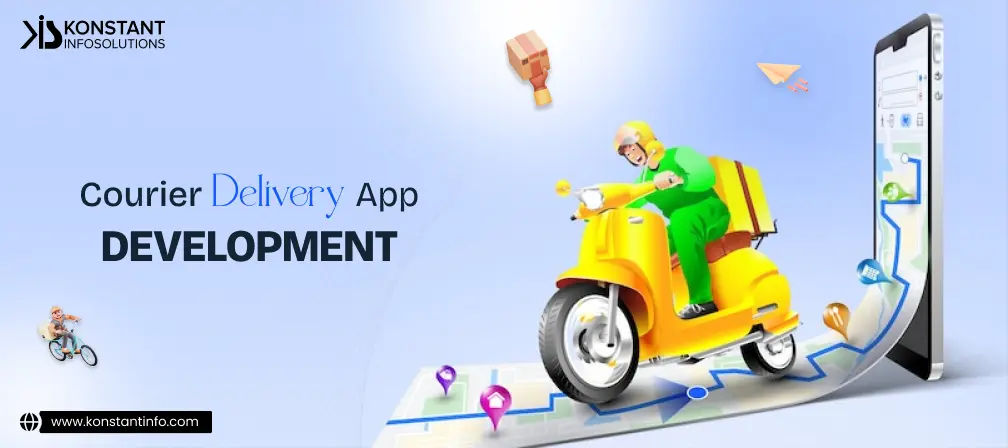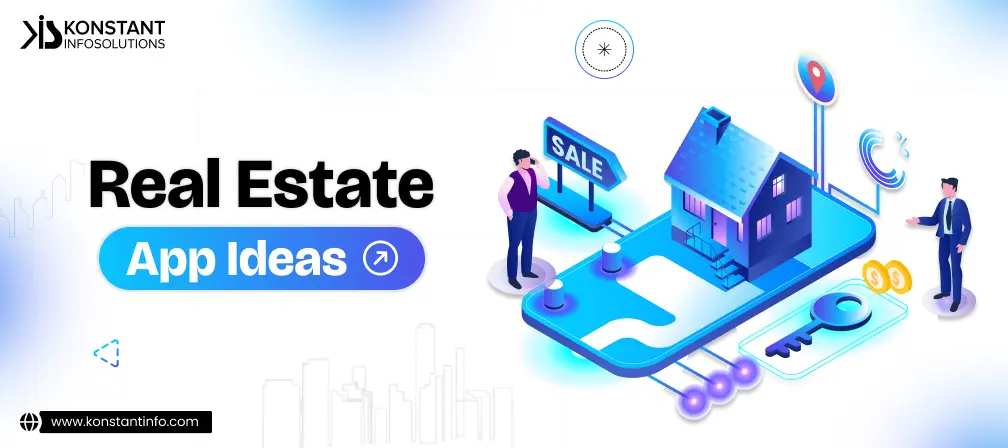
(1)Same-day shipping delays, (2) lapsed customer service response, (3) slow load times, just to name a few, can cause absolute havoc! While surviving without Google or Amazon delivery information and products look unflinching in current times. It is commendable to find how Amazon first sowed its success through the democratization of consumer ease, gradually changing the way how consumers perceived the delivery of their items within 24 hours; 2 hours delivery for groceries (InstaBuggy, InstaCart, Bigbasket, Grofers, More, etc.); 12-24 hours delivery for home essentials, gift cards, flight tickets, recharges, bill payments, music, movies, gaming software and accessories, books and audible, car, motorbike, industrial, toys, baby products, kid’s fashion, sports, fitness, bags, luggage, beauty, health, household supplies, home and kitchen essentials, pet supplies, furniture, women’s fashion, men’s fashion, TV Appliances, Electronics, Mobiles, Computers, Chocolates and more.
The on-demand economy picks up any product (from one of the above categories) and service like meal delivery, hair styling, home tutor, plumbing, plowing, babysitting, healthcare assistants, taxi-services, makeup applications, handyman repairs, travel, business services, education, delivery, shipping, parking, subscription, pet care, family care, home services, transportation, health & beauty, P2P goods and reservations & ticketing – almost anything by making adequate use of technology in order to connect suppliers with consumers.
This connection is usually established through technological services such as a website or smartphone application with both parties signing up for accounts to use the services. When a customer requires service, they open up the app, input their parameters and send a request to connect a service provider.
The service provider in-turn receives an alert via the application of the service request and proceeds as directed to perform the required task for the consumer. As the service completes, the payment typically takes place as per the selection of the mode of payment (by the consumer) – through the technology company. No personal information can be shared in the process, between the parties (service seeker and service provider). The technology company acts as an intermediary and safeguard personal information. As a ritual and last step, both parties are required to provide review and feedback for one another to improve the overall system and ensure the appropriateness of service.
Why has getting on-demand has become the highest business priority these days? The continuous emergence of new technologies has eventually given rise to the on-demand economy. This is more or less converting 4000 years of conventional business wisdom. Ownership is coupled with access to triggering the economy. It essentially implies => renting something temporarily is better than buying something permanently. A business needs to follow the following stages to make a mark in the on-demand economy: (1) Find your industry or niche, (2) build an efficient app, (3) optimize the value chain, (4) attract users and build a network.
The on-demand economy can be quickly understood as Uberification of anything. More than any product or service, they promise us to buy time and save us effort.
Most of the food chains have created their delivery networks offering delivery for restaurants. (Just Eat, GrubHub, Delivery Hero, Deliveroo, Takeaway.com, Foodpanda, etc.) Food delivery startups have been delivering convenience at every customer touchpoint. They have made it easy for people to choose (e.g.: Search UberEats, Swiggy, Foodpanda, Zomato, GrubHub on web or mobile), view ratings, read reviews of restaurants, making it fast and easy to acquire (e.g.: Get the food delivered to your location within 15 minutes, make the payment via cash card or wallets like Google Pay or Apple Pay etc.).
With this, consumers can request for delivery from more than one restaurant and get it straight to the location of choice like home, office, park, railway stations, bus stops, etc., and above everything on-demand food delivery platforms have made repurchases easy by saving the address, payment details and bookmarking their favorite restaurants.
The global on-demand transportation market is expected to cross 304.97 billion US dollars by the end of 2025, according to a study conducted by Grand View Research, Inc. It is anticipated to expand at a CAGR of 19.8% during the forecast period.
The penetration of smartphones and connectivity of vehicles has helped increase the adoption of on-demand transportation services such as car sharing, e-hailing, car rental, and station-based mobility. These services enable users to pre-book, modify, and cancel the reservation via a mobile application such as Uber, Gett, Ola, Lyft.
There has been a simultaneous increase in micro-mobility trends like sharing two-wheeler, e-scooter, e-bike in developing countries like India, China, and many other South Asian countries. Quick bookings via smartphones have encourages global players such as BMW Group, Uber Technologies, Daimler AG, and OLA to dominate the market. More in the pipeline are Airbnb, Ola, Lyft, Instacart, HelloFresh, Deliveroo, OpenDoor, BlaBlaCar, Fresh Direct, etc.
Waiting more than a day to have reliable and efficient medical facilities sounds crazy. The age of the on-demand economy has inspired a lot of discussion, and the healthcare industry has undergone a lot of digital innovation. When people look for disease symptoms online, they also seek on-demand doctors, nurses, and first aid. As people have empowered themselves to know more about their health, healthcare industry has simultaneously understood this shift.
The challenges embedded in the healthcare industry are deep and broad and the limitations revolve around access to the free movement of data. Medical information is often sensitive and often struggles to flow around the complicated and tangled bureaucracies constructed around healthcare services in many countries. To ensure access to relevant data on time, on-demand healthcare apps like Medspace, Epocrates, Handy, Venturapact and serviz provide on-demand patient care 24*7
There has been a surge in demand for personalized workflows, automation and streamlining complicated operation processes which have strongly contributed to a shift in how businesses have to operate in the current scenario. This has subsequently resulted in causing the on-demand delivery sector to boom considerably.
Most companies, including retail stores, e-commerce shopping malls need to level up their services and integrate innovative technology such as delivery management software in their business models to enable them to make efficient deliveries. Companies need to overcome several challenges like allocating drivers, keeping a check on their speed and efficiency, and overall visibility in the long run. For this, there is a need for businesses to incorporate new technologies into their supply chains and simultaneously adopt new strategies so they don’t risk becoming irrelevant in this competitive market. There is a need to couple traditional logistic business with real-time tech to ensure intuitive, agile delivery operational workflow which will simultaneously improve business performance. E.g.: Uber Freight, Uber Delivery, etc.
Industry-wise facts and figures might not look huge until you realize that last year at this time that number was 15 percent (illustrative) and it has more than tripled by the end of this year!
The improvement in how companies cater to new buyer preferences has been far-reaching and prompt. So, how long until we hit 100%. Well, that might take a while, but it wouldn’t be tough as far as we are right on track. It isn’t insane. Now, consumers are more than willing to pay for convenience rather than the service itself.
At Konstant, we understand how consumers experience your brand throughout their journey. Building an on-demand application for any business requires optimizing routes and delivery schedules, managing vehicles and fleet, securing data, ease of access, prompt service, digital presence for everything, convenience to customers and evolution of logistics (though not the least). We prioritize our tasks in hand and address the most pressing demands first. This makes the process highly efficient and time-saving. Know the prerequisites to build an on-demand application with free quotes from our experts!



Neeti Kotia is a technology journalist who seeks to analyze the advancements and developments in technology that affect our everyday lives. Her articles primarily focus upon the business, social, cultural, and entertainment side of the technology sector.
Or send us an email at: [email protected]